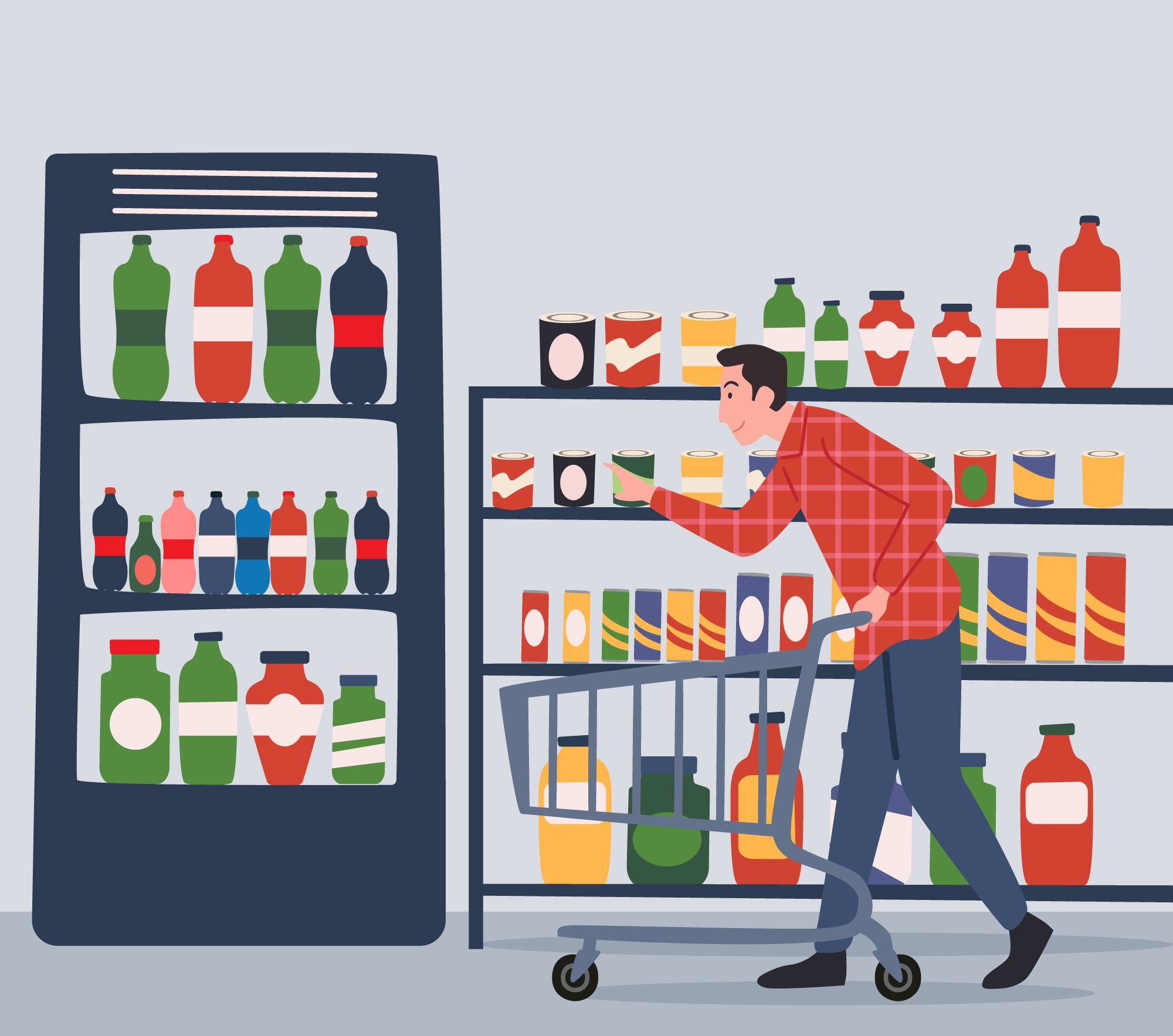
🎓 Definition
The depth defines the number of variants available for one product.
The Range Depth generally represents product attributes on which customers can switch easily.
🧪 Example of Range Depth
For example, within the Fruit category:
- Varieties: A store might stock multiple apple types - Gala, Granny Smith, Honeycrisp, and more.
- Range Depth: Essentially, it's the count of different apple varieties on offer.
But there's more to it:
- Substitution Ease: Within the Rice category, if a customer can't find a 1 KG Jasmine Rice, they might just as easily pick a 0.5 KG Jasmine Rice pack.
In essence, Range Depth not only offers choices but also ensures that customers can make effortless switches when their preferred variant isn't available.
❓What is used for
- Increased customer satisfaction: By offering a wide range of options within a product category, Retailers can meet the diverse needs and preferences of their customers. This can lead to increased customer satisfaction, as customers are more likely to find the specific products they are looking for.
- Increased sales: Able to increase their sales, as customers are more likely to make a purchase when they have a wider selection of options to choose from.
- Increased market share: Able to capture a larger share of the market, as Retailers are able to appeal to a wider range of customers.
- Increased profitability: Retailers with a deep range of products may be able to achieve economies of scale, as they can purchase products in larger quantities and negotiate better prices with Suppliers. This can lead to increased profitability.
- Increased competitiveness: Differentiate themselves from competitors and establish themselves as a go-to destination for customers looking for a wide variety of options within a product category.
How is Range Depth measured or quantified by retailers?
Range Depth is typically measured by the number of distinct product variants available within a specific category. Retailers often assess this by counting the different types or varieties of products they offer. For instance, in the Fruit category example provided, a retailer might determine their Range Depth by counting the different apple varieties they stock, such as Gala, Granny Smith, and Honeycrisp.
What are the potential drawbacks or challenges of focusing on Range Depth for retailers?
While offering a wide range of Depth can enhance customer satisfaction and increase sales, it can also present challenges for retailers. Managing inventory for a broad range of products can become complex and may lead to increased overhead costs. Additionally, retailers might face difficulties in forecasting demand accurately for each product variant, which can result in overstocking or stockouts.
Are there any specific industries or product categories where Range Depth is particularly crucial or less relevant?
While Range Depth can be beneficial across various product categories, its importance may vary depending on the industry and consumer preferences. In industries where consumers value variety and have diverse preferences, such as the Food and Beverage sector, Range Depth might be particularly crucial. On the other hand, in industries where consumers prioritize consistency and brand loyalty over variety, such as certain luxury or niche markets, Range Depth might be less relevant.